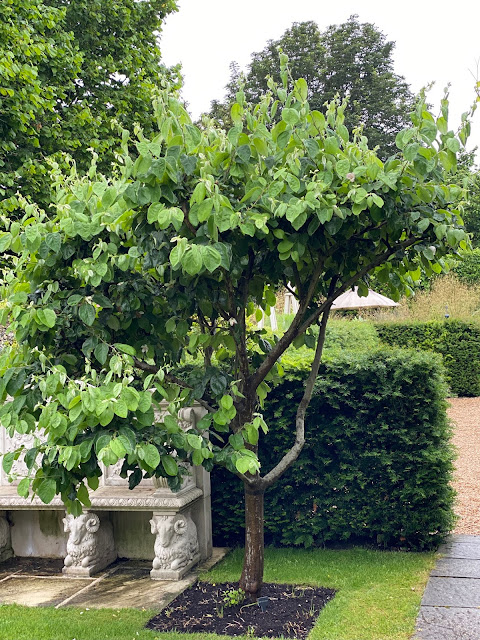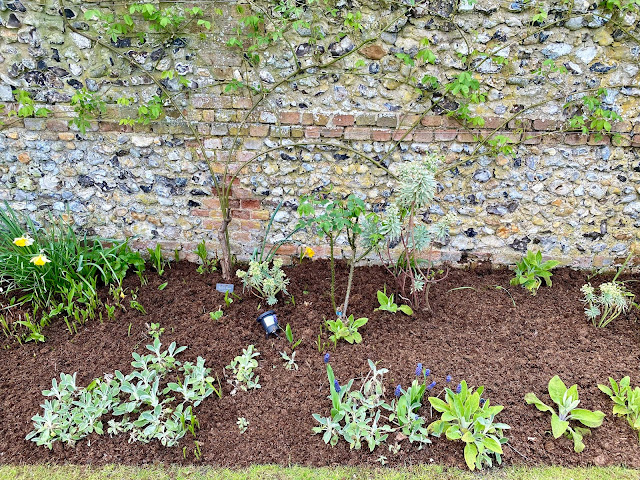As I meditate upon this, I want to share with you what I feel the Corona/Covid-19 virus is really doing to us:
1) It is reminding us that we are all equal, regardless of our culture, religion, occupation, financial situation or how famous we are. This disease treats us all equally, perhaps we should to. If you don’t believe me, just ask Tom Hanks.
2) It is reminding us that we are all connected and something that affects one person has an effect on another. It is reminding us that the false borders that we have put up have little value as this virus does not need a passport. It is reminding us, by oppressing us for a short time, of those in this world whose whole life is spent in oppression.
3) It is reminding us of how precious our health is and how we have moved to neglect it through eating nutrient poor manufactured food and drinking water that is contaminated with chemicals upon chemicals. If we don’t look after our health, we will, of course, get sick.
4) It is reminding us of the shortness of life and of what is most important for us to do, which is to help each other, especially those who are old or sick. Our purpose is not to buy toilet roll.
5) It is reminding us of how materialistic our society has become and how, when in times of difficulty, we remember that it’s the essentials that we need (food, water, medicine) as opposed to the luxuries that we sometimes unnecessarily give value to.
6) It is reminding us of how important our family and home life is and how much we have neglected this. It is forcing us back into our houses so we can rebuild them into our home and to strengthen our family unit.
7) It is reminding us that our true work is not our job, that is what we do, not what we were created to do. Our true work is to look after each other, to protect each other and to be of benefit to one another.
8) It is reminding us to keep our egos in check. It is reminding us that no matter how great we think we are or how great others think we are,
a virus can bring our world to a standstill.
9) It is reminding us that the power of freewill is in our hands. We can choose to cooperate and help each other, to share, to give, to help and to support each other or we can choose to be selfish, to hoard, to look after only our self. Indeed, it is difficulties that bring out our true colors.
10) It is reminding us that we can be patient, or we can panic. We can either understand that this type of situation has happened many times before in history and will pass, or we can panic and see it as the end of the world and, consequently, cause ourselves more harm than good.
11) It is reminding us that this can either be an end or a new beginning. This can be a time of reflection and understanding, where we learn from our mistakes, or it can be the start of a cycle which will continue until we finally learn the lesson we are meant to.
12) It is reminding us that this Earth is sick. It is reminding us that we need to look at the rate of deforestation just as urgently as we look at the speed at which toilet rolls are disappearing off of shelves. We are sick because our home is sick.
13) It is reminding us that after every difficulty, there is always ease. Life is cyclical, and this is just a phase in this great cycle. We do not need to panic; this too shall pass.
14) Whereas many see the Corona/Covid-19 virus as a great disaster, I prefer to see it as a *great corrector*
It is sent to remind us of the important lessons that we seem to have forgotten and it is up to us if we will learn them or not."

























